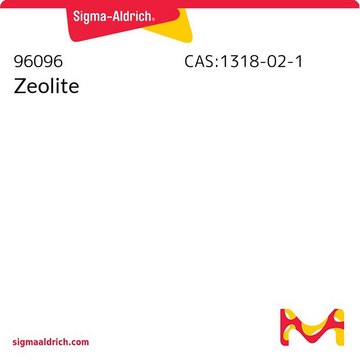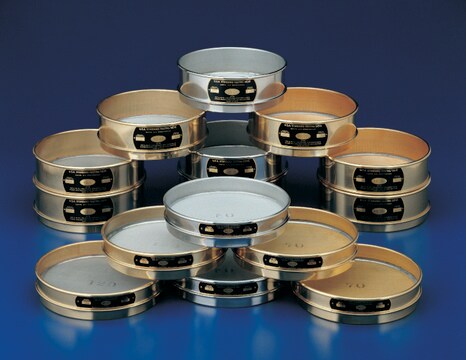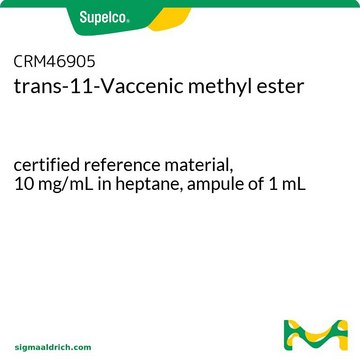19699
cis-2-Decenoic acid
≥95.0% (HPLC)
Sinônimo(s):
2-Decenoic acid, (2Z)-
About This Item
Produtos recomendados
Nível de qualidade
Ensaio
≥95.0% (HPLC)
95.0-105.0% (T)
forma
liquid
grupo funcional
carboxylic acid
tipo de lipídio
unsaturated FAs
temperatura de armazenamento
−20°C
cadeia de caracteres SMILES
CCCCCCC\C=C/C(O)=O
InChI
1S/C10H18O2/c1-2-3-4-5-6-7-8-9-10(11)12/h8-9H,2-7H2,1H3,(H,11,12)/b9-8-
chave InChI
WXBXVVIUZANZAU-HJWRWDBZSA-N
Procurando produtos similares? Visita Guia de comparação de produtos
Categorias relacionadas
Aplicação
Ações bioquímicas/fisiológicas
Embalagem
Palavra indicadora
Warning
Frases de perigo
Declarações de precaução
Classificações de perigo
Aquatic Chronic 3 - Eye Irrit. 2 - Skin Irrit. 2
Código de classe de armazenamento
10 - Combustible liquids
Classe de risco de água (WGK)
WGK 1
Certificados de análise (COA)
Busque Certificados de análise (COA) digitando o Número do Lote do produto. Os números de lote e remessa podem ser encontrados no rótulo de um produto após a palavra “Lot” ou “Batch”.
Já possui este produto?
Encontre a documentação dos produtos que você adquiriu recentemente na biblioteca de documentos.
Os clientes também visualizaram
Nossa equipe de cientistas tem experiência em todas as áreas de pesquisa, incluindo Life Sciences, ciência de materiais, síntese química, cromatografia, química analítica e muitas outras.
Entre em contato com a assistência técnica














